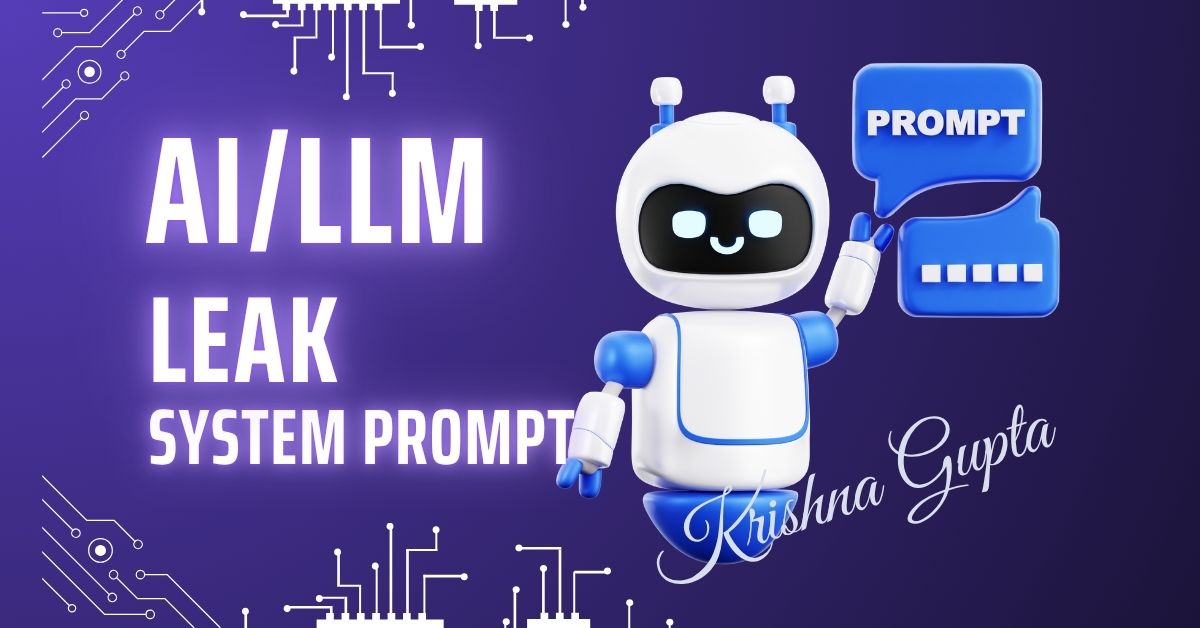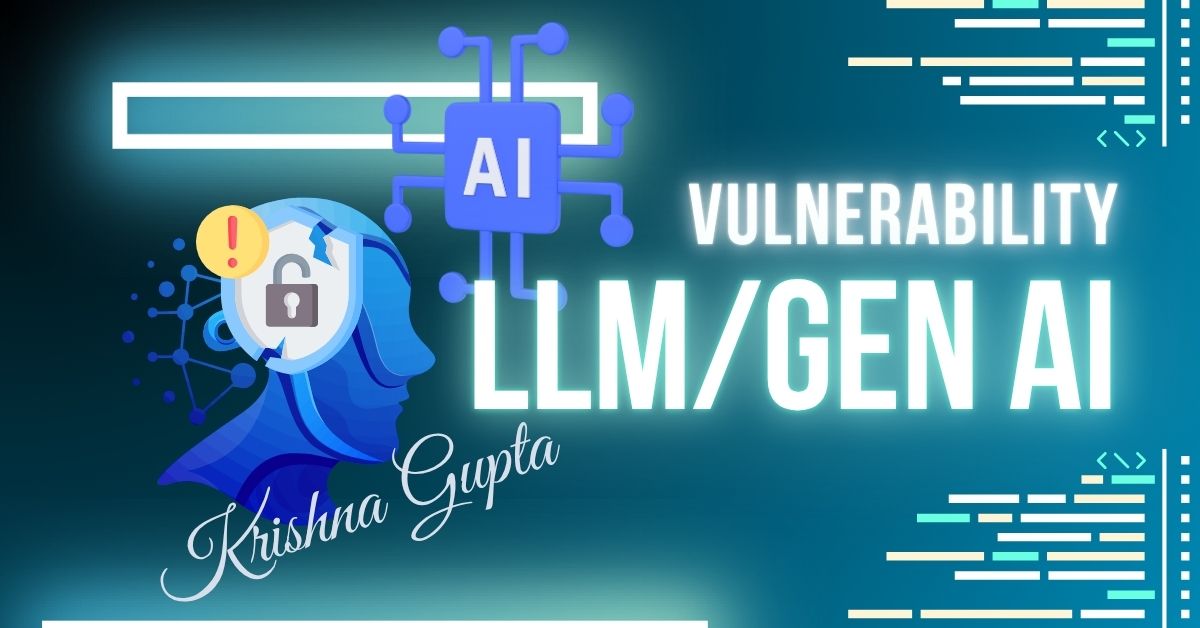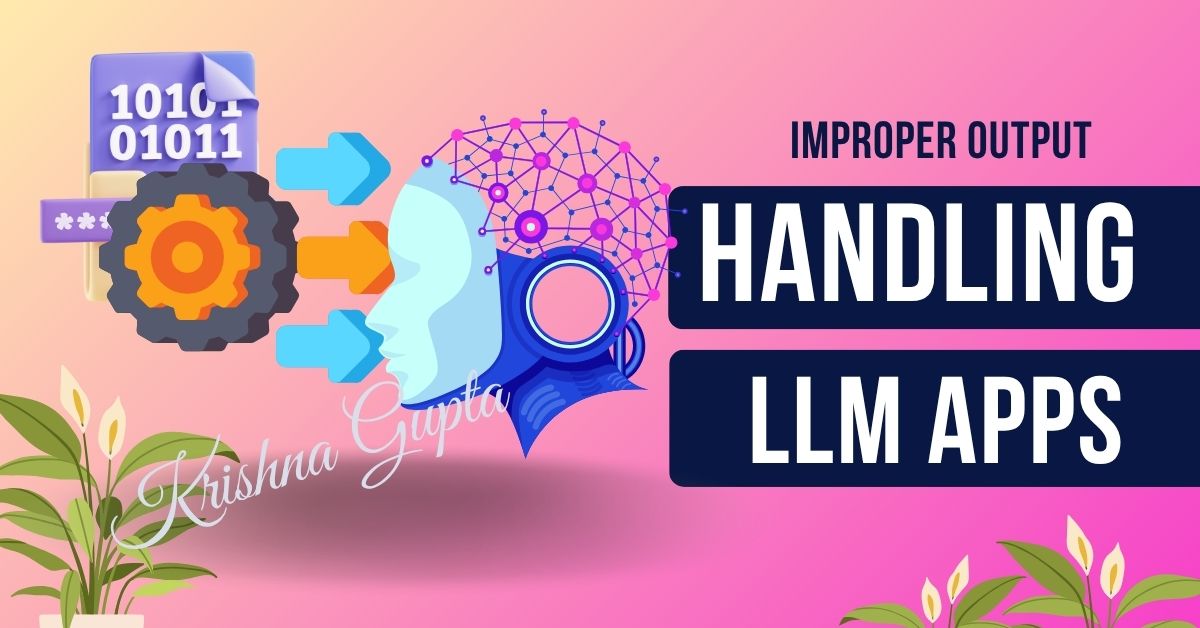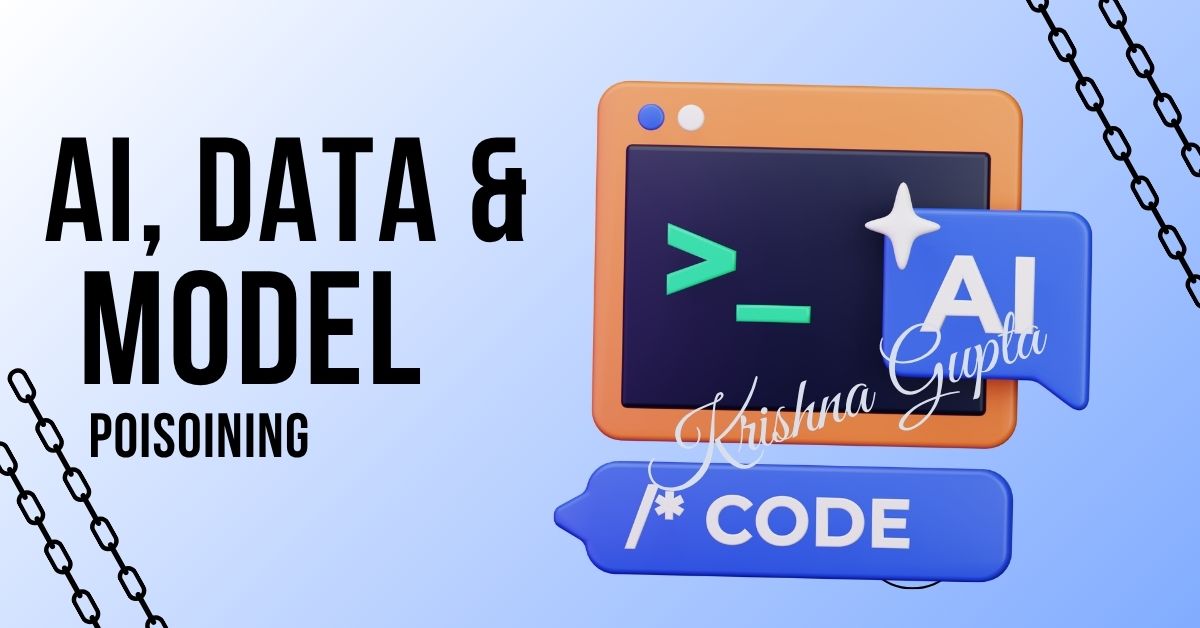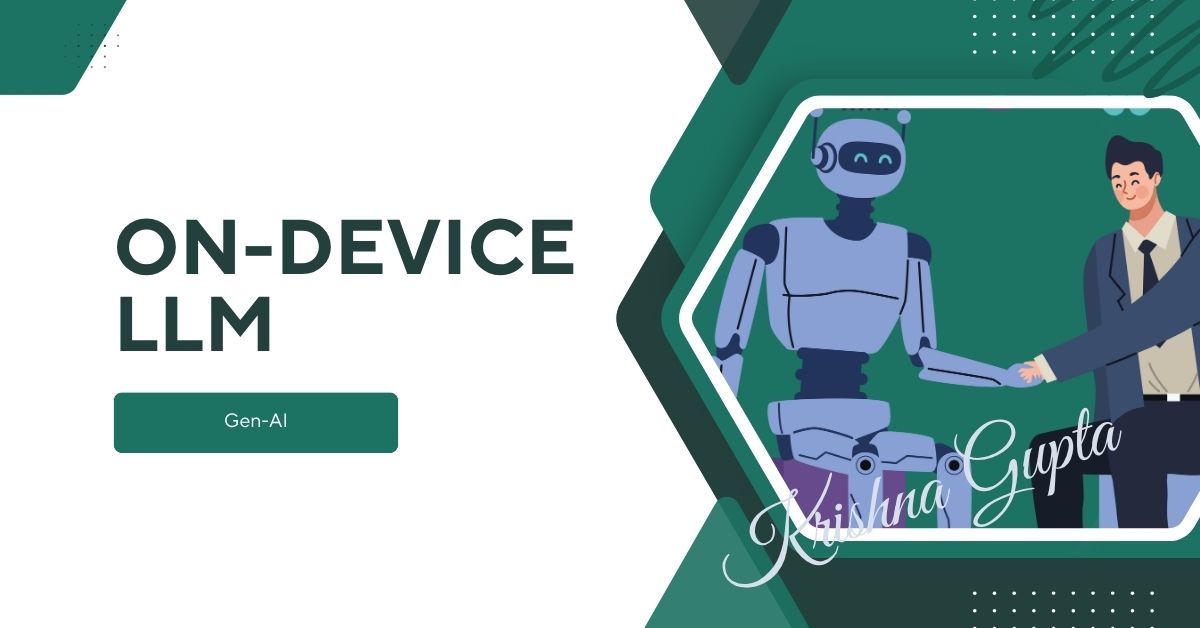LLM07:2025 System Prompt Leakage – A Strategic Risk Lens for the C-Suite in the Age of LLM Applications
System Prompt Leakage (identified as LLM07:2025 in the OWASP Top 10 for LLM Applications v2.0). This vulnerability poses a silent, potent threat not because of what it reveals superficially, but due to how it erodes the foundational principles of security design, privilege separation, and system integrity.
